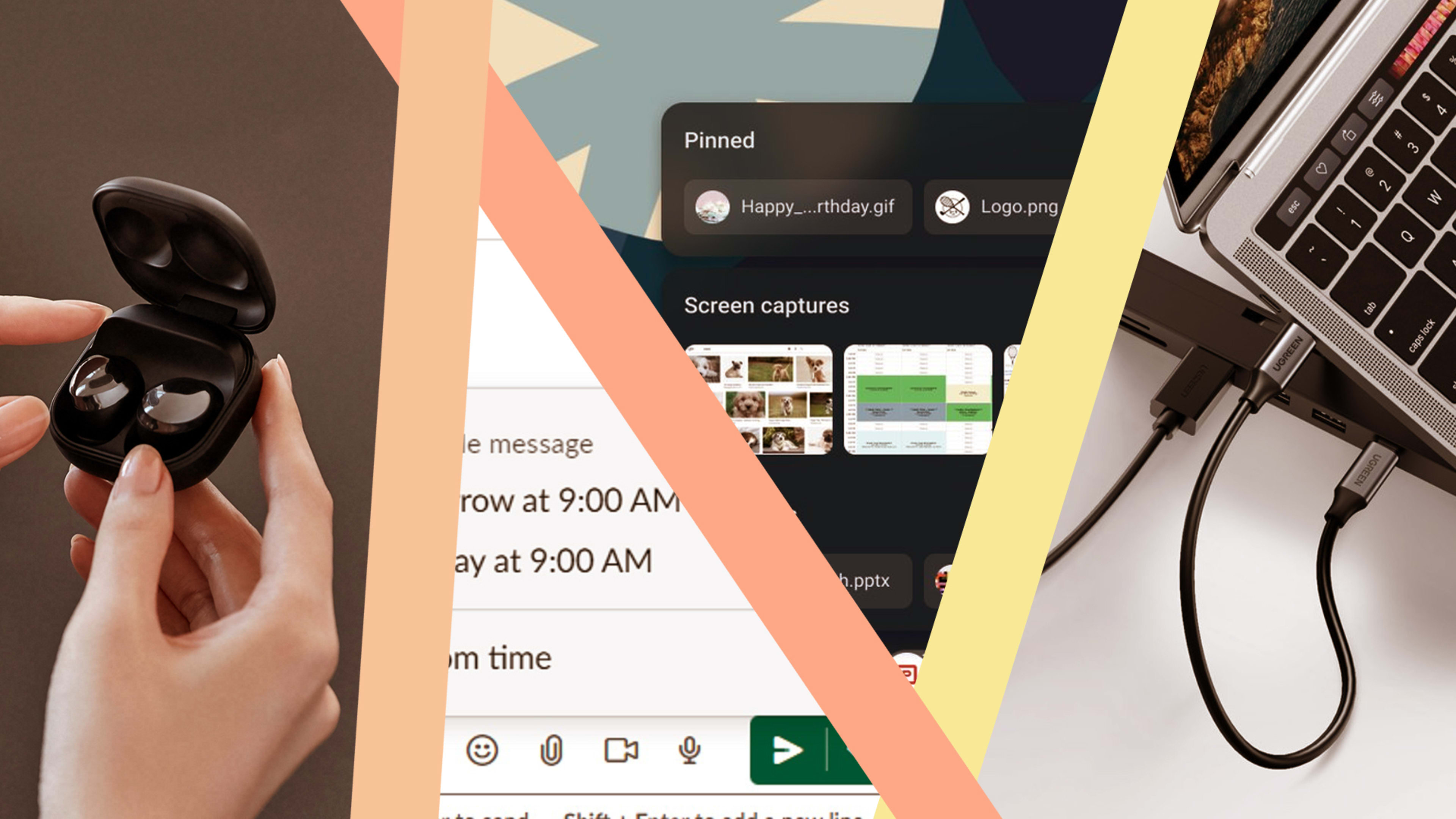Sometimes the best advancements in technology are the ones that don’t try to change everything.
Instead, they come in the form of simple improvements to the products we already use. They’re the ideas that seem so smart, you suddenly wish every company would copy them.
At a time when the tech world is swinging for the fences with metaverses, blockchains, augmented reality, and AI, let’s take a step back and celebrate some smaller innovations that you can take advantage of today. Here are the cleverest little ideas that made tech more enjoyable to use over the last year:
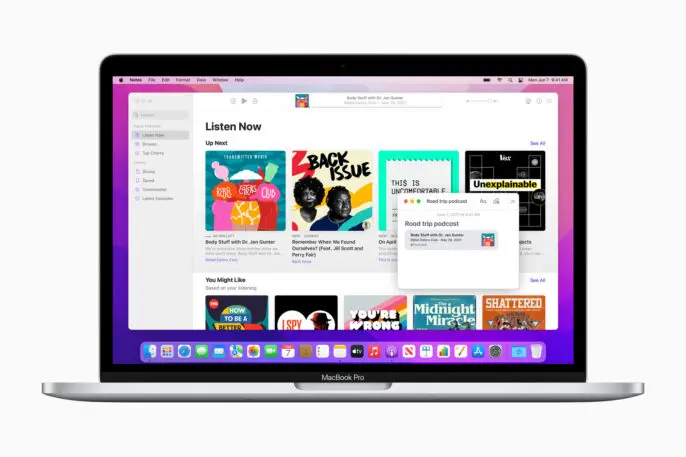
Simple productivity boosters
Take notes from anywhere: Jotting ideas down has gotten a lot easier in MacOS Monterey, whose Quick Note feature lets you pop open a miniature notepad without leaving your current app. Just hit Fn-Q on the keyboard, or move your cursor to the bottom-right of the screen, then start writing. In Safari, you can Ctrl-click any highlighted text or share links to append them to your Quick Notes as well. (The same feature is also available on the iPad by swiping diagonally from the bottom left corner of the screen, or pressing Globe+Q on a keyboard.)

Faster file access: To make Chromebooks better at getting things done, Google added a neat feature called the “Tote” to the ChromeOS task bar. With one click, you can access recent downloads, screenshots, scanned documents and favorite files, which you can pin through the file browser. That way, whatever you’re working on is never more than a click away.
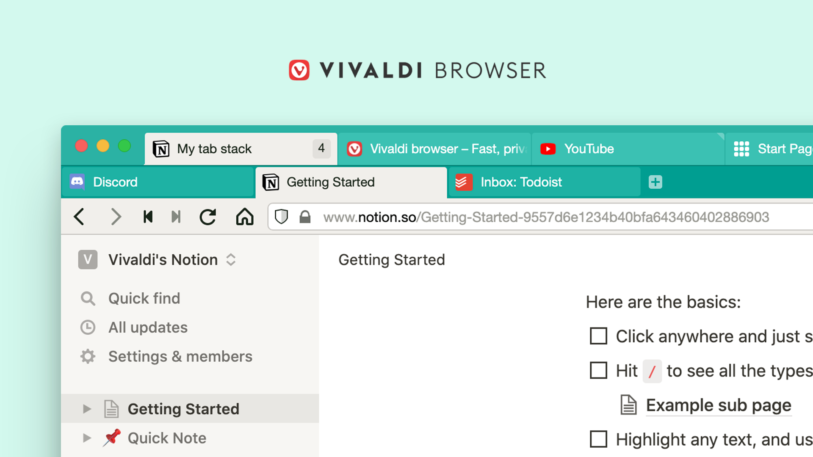
Rack up your tabs: Vivaldi’s various tab management tools make it a great web browser for productivity, but its most ingenious idea yet is the two-level tab stack. This allows each tab to have its own secondary row of tabs underneath, so you can group similar web pages together without cluttering up your main tab bar. The same feature is also available in Vivaldi’s Android browser, in case you also suffer from tab overload on your phone.
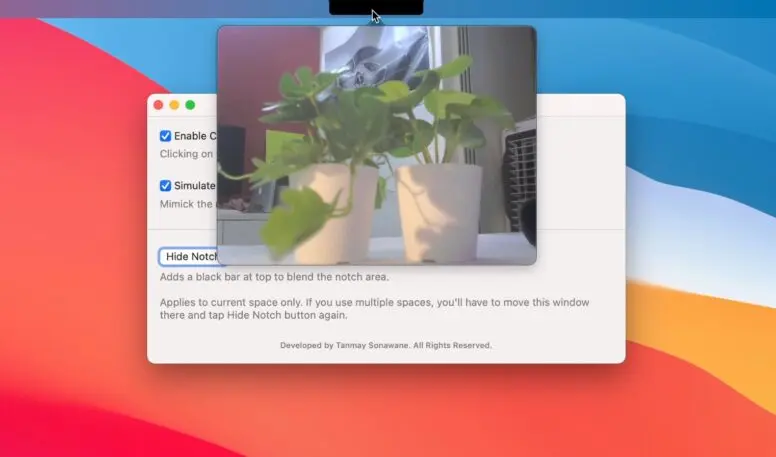
A more useful MacBook notch: Of all the smart ideas people had for dealing with the new MacBook Pro’s camera notch, NotchCam is the most practical. The $1 Mac app open a quick preview of the webcam when you click the notch area, so you can check yourself before hopping onto your next Zoom call. For good measure, it even works with notchless Macs.
Grab text from the real world: Apple is hardly the first to let you copy real-world text from your camera—Google’s Lens feature has been doing it for years—but it had the smart idea to bake its Live Text tool into every input field in iOS 15. Just tap on any space where text might go, then select “Scan Text,” and you’ll see a miniature camera view for transferring words, phrases, or phone numbers onto the screen. This subtle tweak in execution makes the whole concept much more useful.
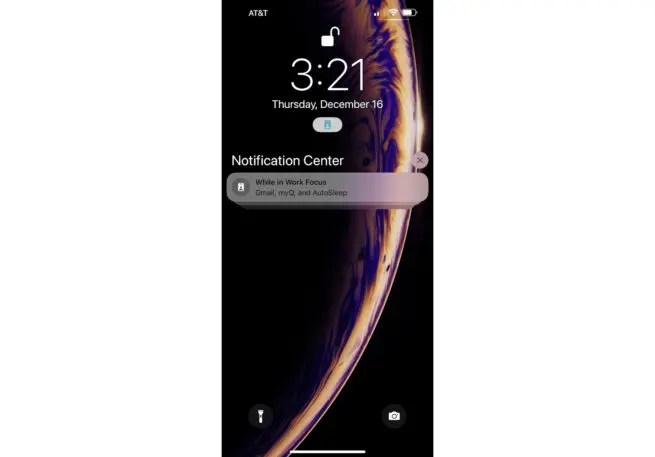
Fixing frequent annoyances
Fewer notification nags: Apple’s Focus feature didn’t initially seem like a big deal when it launched as part of iOS 15 this fall, but this more granular form of Do Not Disturb can be a huge help in cutting out specific distractions in your life. The Work mode is especially useful, as it can stop your phone from lighting up with emails or Instagram alerts when you’re heads-down on a project. You can also set up modes for driving, sleeping, reading, and more.
Auto-auto-rotate: Tucked deep in the settings menu on Google’s Pixel phones, you’ll find what is arguably the most useful display setting of all time: Starting with Android 12, you can now enable face detection for auto-rotate, so the screen only switches to landscape when your head runs perpendicular to the phone. In other words, you won’t trigger auto-rotate while reclined in bed or on the couch, but it’ll still kick in when you’re looking at photos or videos in landscape mode. Google ought to mandate that other Android phone makers support this feature from now on.
Smarter location limits: Taking a page from iOS and Android, the Brave web browser now lets you grant one-time permission to privacy-sensitive features, such as your location or the webcam. That means you can allow a retailer or restaurant to look up locations nearby without giving that site permanent access to your whereabouts. It’s a smarter way to approach privacy permissions on desktop browsers.
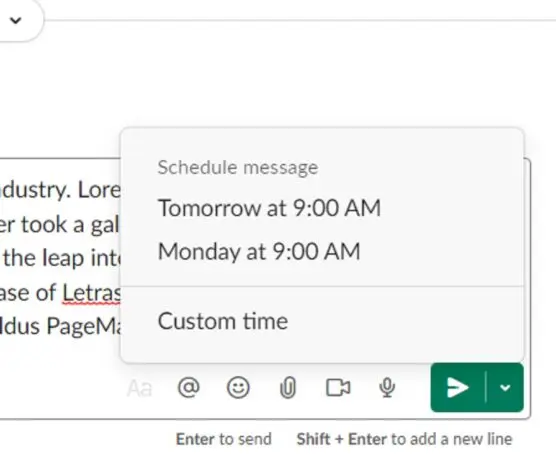
Avoid after-hours Slacking: Instead of nagging your co-workers at night or on the weekend, consider scheduling a Slack message to arrive during working hours. The recently-launched scheduling feature lets you click the down arrow next to the send button on the desktop app to pick a date and time to deliver the message. On iOS and Android, you can schedule messages by long-pressing the send button. Every messaging app—and especially the work-centric ones—should follow suit.
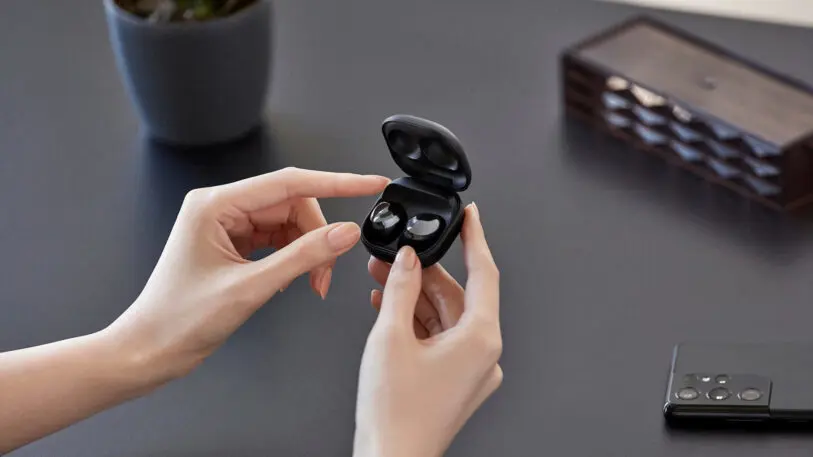
Less obtrusive hardware
Automatic earbud awareness: Samsung built a pretty ingenious feature called “Voice Detect” into its Galaxy Buds Pro earbuds earlier this year. When you start talking, the earbuds can automatically turn off noise cancellation and switch to Ambient mode—which lets in outside sound—then switch back when they no longer detect your voice. It beats the awkwardness of having tap a button or squeeze your earbud stems just to have a quick conversation.
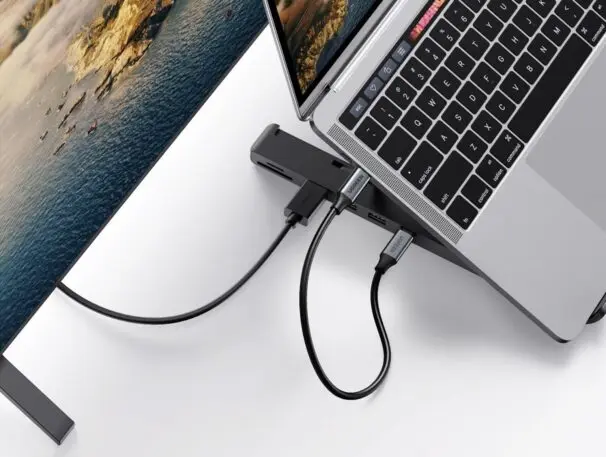
Stand meets dock: If you’re using your laptop at your desk, you might want a laptop stand to prop up the screen and USB hub for connecting external devices. Kudos to UGREEN for doing the logical thing and combining both into one product. The X-Kit laptop stand has two USB ports, a 4K HDMI output, and SD card slots built into its rail, so you can turn your laptop into a desktop workstation just by plugging it in with a USB-C cable.
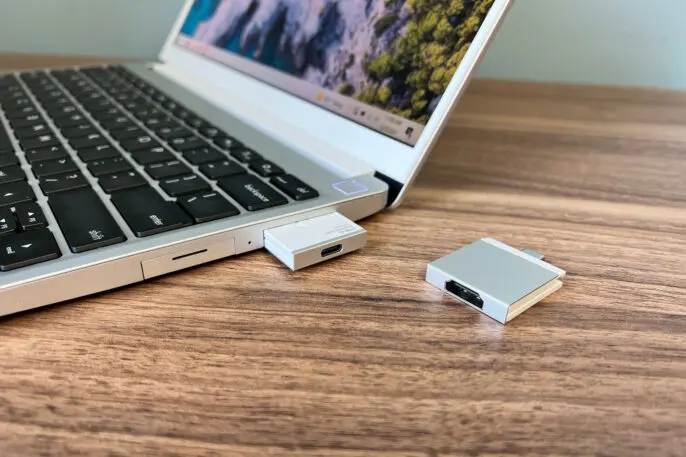
Pick your own ports: The Framework laptop is impressive mostly because of its emphasis on repairability, but its cleverest feature is a set of interchangeable ports that slot into the laptop’s left and right sides. When ordering the laptop, you can pick any combination of USB-C, USB-A, MicroSD, HDMI, DisplayPort, and storage expansion modules, and you can swap them out whenever you want. Why should you pick a computer based on its port selection when you can do things the other way around?
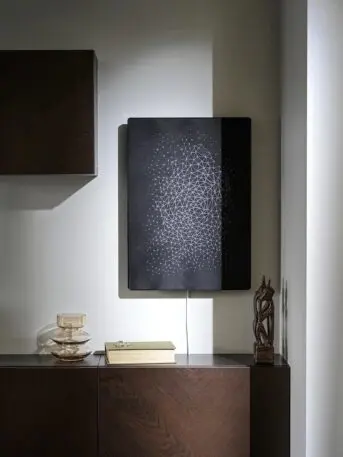
The secret speaker: After launching a bookshelf-speaker hybrid in 2019, Ikea went a step further this year with its Symfonisk picture frame, which is actually a Sonos speaker in disguise. If you don’t like the included abstract art, you can buy an interchangeable cover or get a custom print from a third-party vendor. The only hard part is figuring out how to tastefully hide the power cord.
Media made better
Simpler private listening: For years, Roku’s mobile app has allowed you to listen to TV privately through headphones, but in 2021 it became more accommodating to Bluetooth buds. With a new sync feature, you can eliminate audio lag between the earbuds and the TV and keep your earbuds paired to the phone. Other streaming players require Bluetooth pairing directly to your earbuds, which is a much bigger hassle.
Something for everyone: While most major streaming services now support multiple user profiles, nearly all of them also make the false assumption that only one person watches TV at a time. Apple wised up this year by adding “For Both of You” and “For All of You” recommendations in the TV app. When multiple users have set up a profile on Apple TV, this row suggests things to watch based on everyone’s viewing habits. It’s a long-overdue idea that makes more sense than setting up joint profiles.

Music for two: Speaking of joint recommendations, Spotify’s Blends feature launched out of beta in August, letting any two users create a shared playlist based on their combined tastes. Both users can see a match score showing how closely their interests align, and the playlists update on a daily basis based on what each person is listening to. Put to proper use, it should settle a lot of music-related arguments on road trips.
Check out Jared’s Advisorator newsletter to learn more simple tech tricks.
Recognize your brand’s excellence by applying to this year’s Brands That Matter Awards before the early-rate deadline, May 3.
